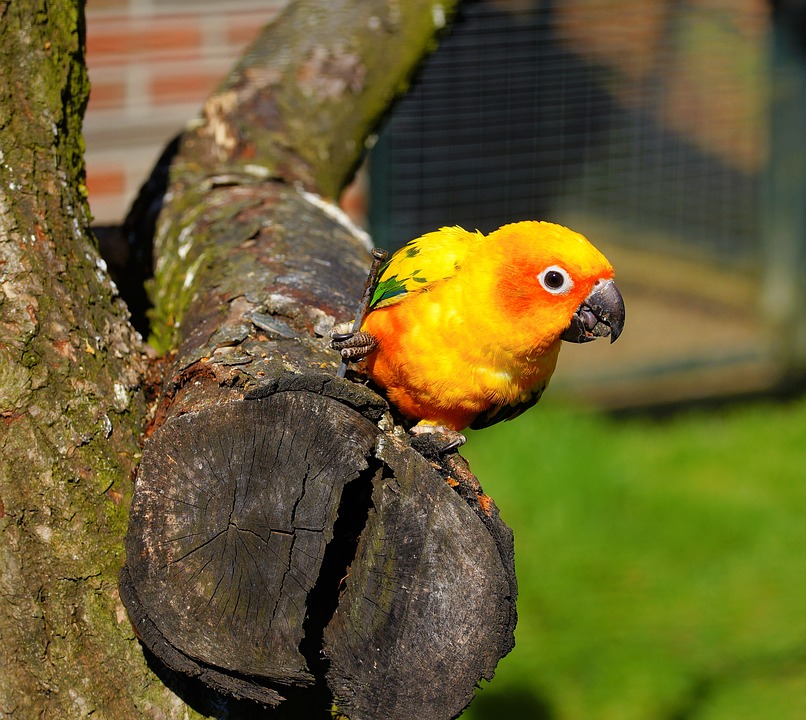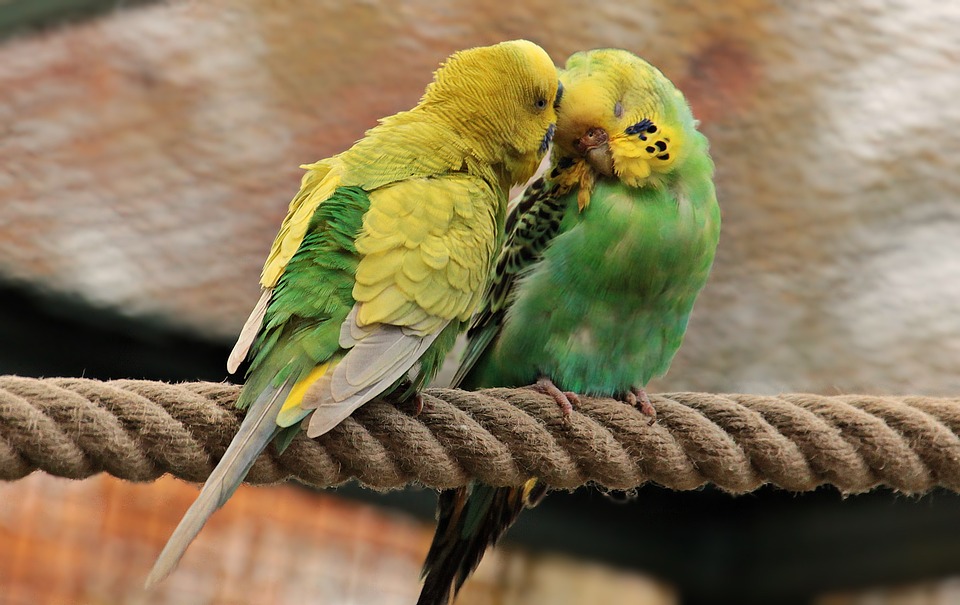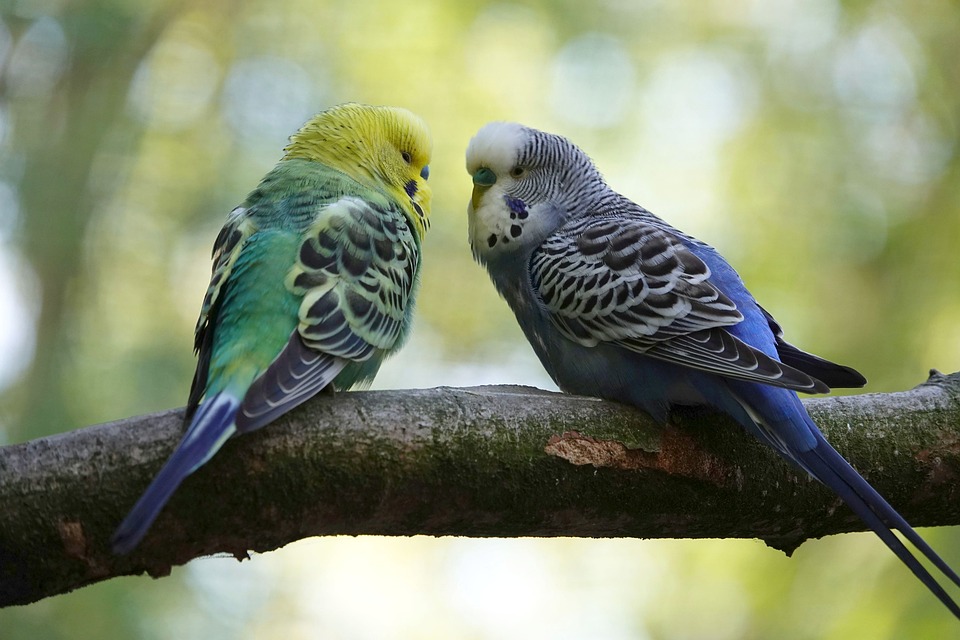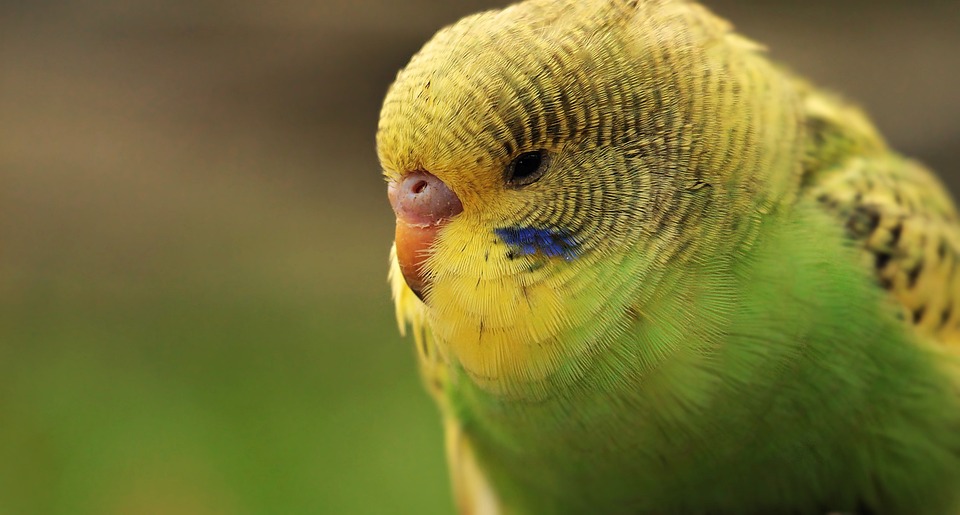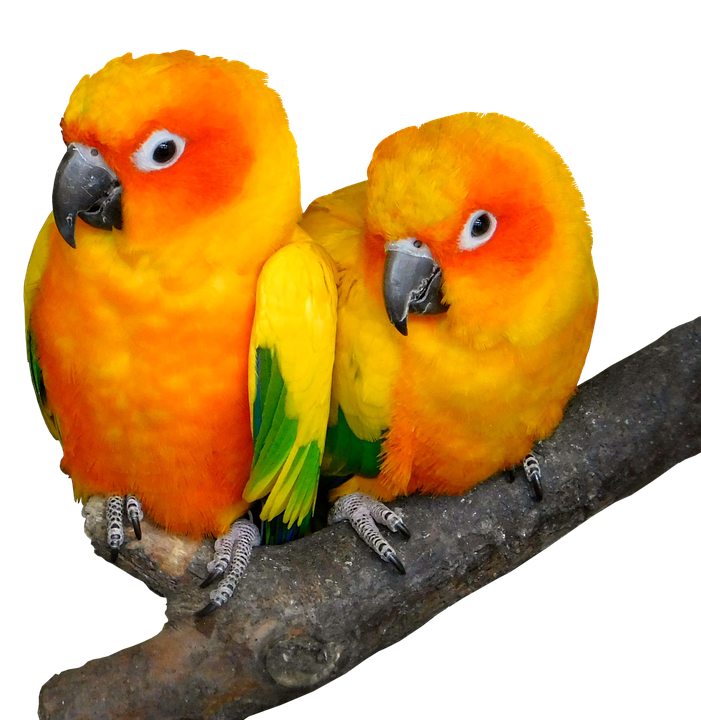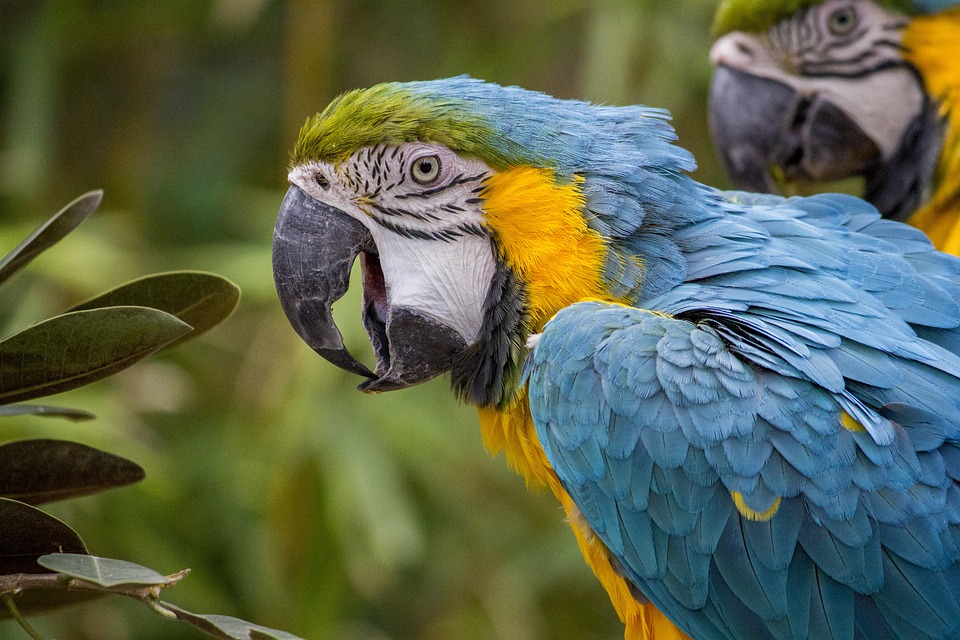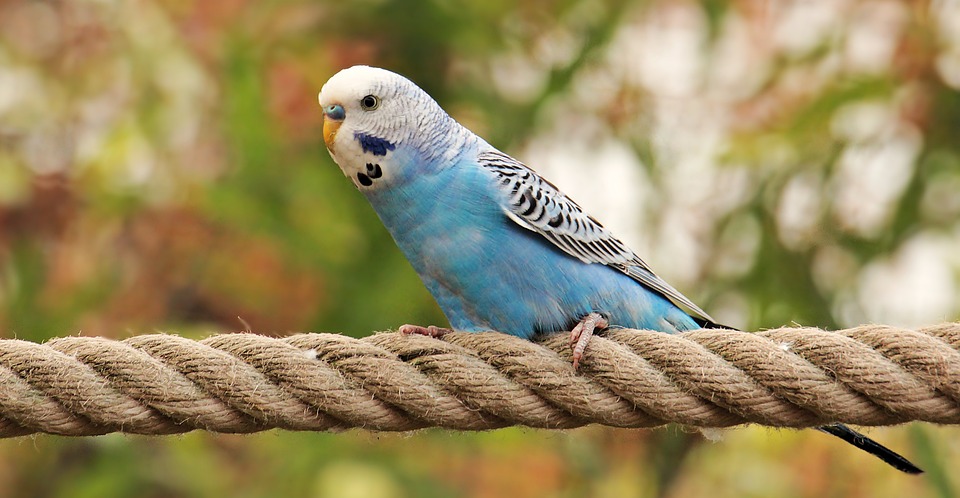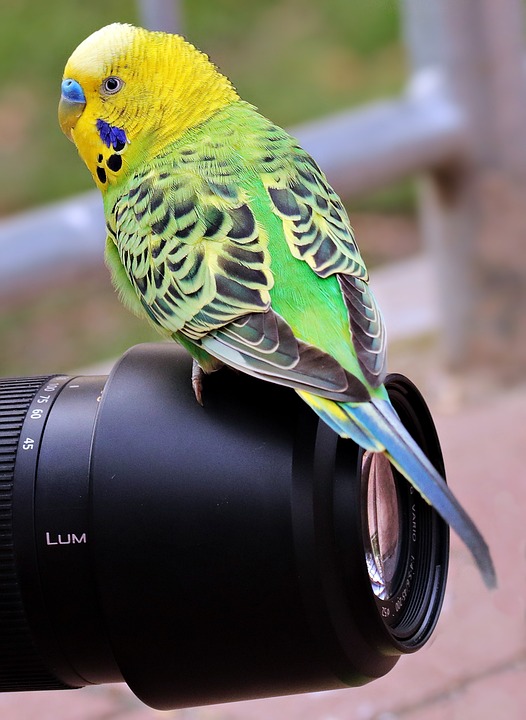Owning a parrot can be a rewarding experience, but like any pet, parrots can sometimes exhibit stubborn behaviors that need to be addressed. Positive reinforcement is a powerful tool that can help you modify unwanted behaviors in a gentle and effective way. In this article, we will explore how to use positive reinforcement to address stubborn behaviors in parrots.
Understanding Positive Reinforcement
Positive reinforcement is a training technique that involves rewarding desired behaviors to encourage their repetition. By using positive reinforcement, you focus on rewarding the behaviors you want to see more of, rather than punishing or scolding your parrot for unwanted behaviors.
Parrots are highly intelligent creatures and respond well to positive reinforcement. This technique not only helps modify stubborn behaviors but also strengthens the bond between you and your feathered friend.
Identifying and Addressing Stubborn Behaviors
Before you can address stubborn behaviors in your parrot, it is important to identify and understand the underlying causes. Some common stubborn behaviors in parrots include:
1. Screaming or excessive vocalization
2. Biting or aggressive behavior
3. Feather plucking or self-destructive behaviors
4. Refusal to step up or interact
5. Destructive chewing or cage aggression
Each parrot is unique, so it is crucial to assess the specific triggers and context of the behavior. Once you have identified the behavior, you can start using positive reinforcement techniques to address it effectively.
Applying Positive Reinforcement Techniques
1. Positive Association: Create positive associations by offering treats, praise, or a preferred toy immediately after your parrot exhibits the desired behavior. For example, if your parrot stops screaming when you enter the room, reward it with a treat or praise.
2. Clicker Training: Clicker training is a popular positive reinforcement technique that uses a clicker device to mark desired behaviors. Pair the sound of the clicker with a treat or reward to reinforce positive behavior. For instance, if your parrot steps up on your hand, click the device and offer a treat.
3. Target Training: Target training involves teaching your parrot to touch a specific object, such as a stick or your finger, on command. This technique can redirect stubborn behaviors and encourage interaction. For instance, if your parrot refuses to step up, you can use target training to encourage it to move towards your hand.
4. Consistency and Patience: Consistency is key when using positive reinforcement. Reinforce desired behaviors consistently and immediately, while ignoring or redirecting unwanted behaviors. Remember, training takes time and patience, so be consistent and avoid becoming frustrated or giving up.
FAQs
Q: How long does it take for positive reinforcement to work on stubborn behaviors?
A: The time it takes to modify stubborn behaviors varies depending on the parrot and the behavior being addressed. Some behaviors may require weeks or even months of consistent positive reinforcement.
Q: Can positive reinforcement be used for all parrot species?
A: Yes, positive reinforcement can be used for all parrot species. However, it is important to consider the individual needs and preferences of each parrot when selecting rewards and training techniques.
Q: Are there any behaviors that cannot be modified with positive reinforcement?
A: While positive reinforcement is effective for most behaviors, there may be some cases where additional training methods or professional help are required. For severe behavior issues, consult with a qualified avian behaviorist or veterinarian.
Q: Can positive reinforcement be used to address fear-based behaviors?
A: Yes, positive reinforcement can be used to address fear-based behaviors in parrots. However, it is crucial to create a safe and comfortable environment for your parrot and to proceed at its own pace.
Remember, training your parrot using positive reinforcement should always be a positive and enjoyable experience for both you and your feathered friend. By understanding the principles of positive reinforcement and applying them consistently, you can effectively address stubborn behaviors and strengthen the bond with your parrot.

